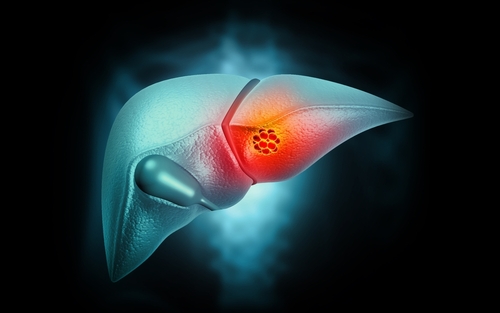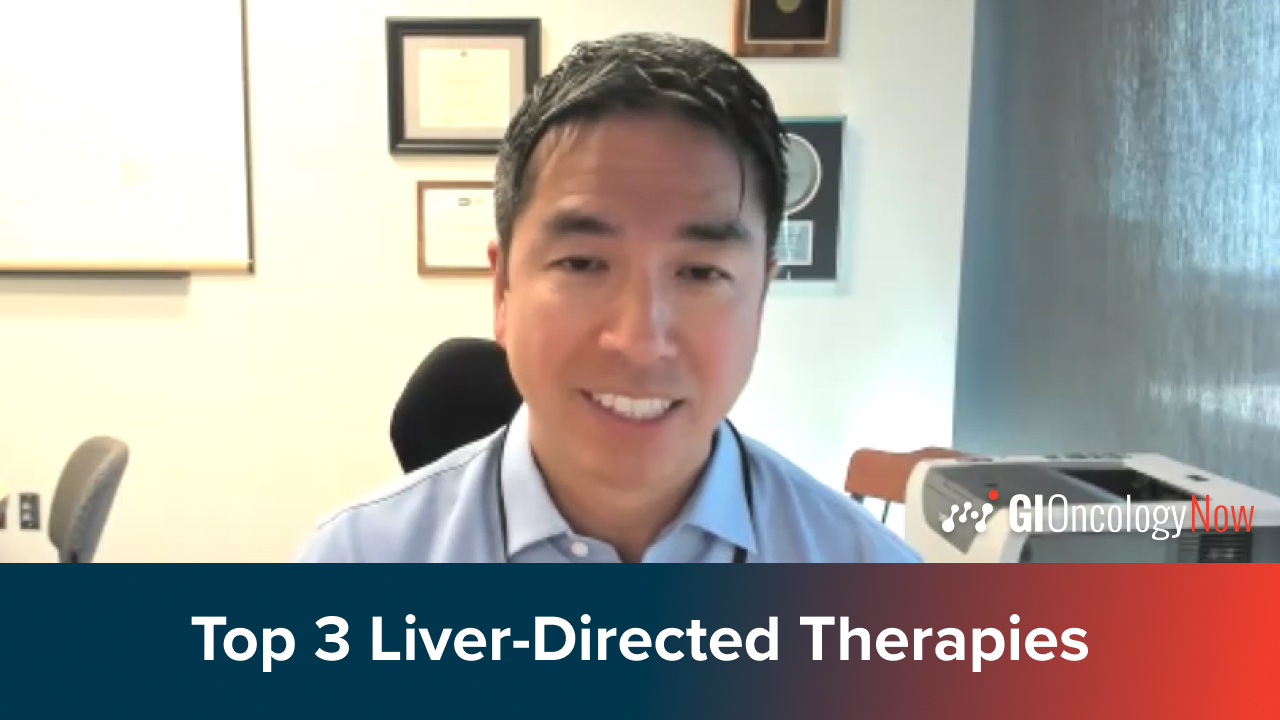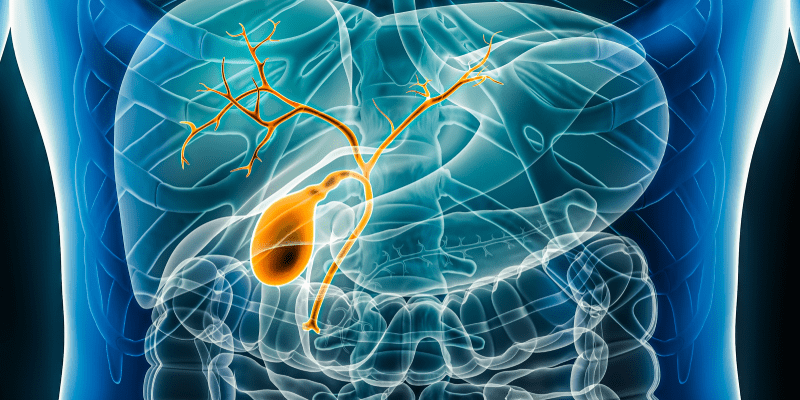
Given the concern that neoangiogenesis is related to effectiveness of transarterial chemoembolization (TACE), a study in Digestive and Liver Disease sought to understand the prognostic ability of 2 angiogenesis mediators, HIF-1α and vascular endothelial growth factor (VEGF), to predict poor response to TACE in patients with hepatocellular carcinoma (HCC).
The study included 163 patients with HCC treated with TACE. Blood samples were collected immediately before (t0) and at 4 weeks following (t1) TACE. Clinical and tumoral parameters were also recorded.
VEGF and HIF-1α Levels
Overall VEGF levels were significantly higher after TACE (264.0 vs 278.6 pg/mL; P<.0001), while HIF-1α did not differ between t0 and t1 (0.25 vs 0.23 ng/mL; P=.37). Baseline VEGF levels were associated with the number of liver lesions and higher values in multifocal HCC, but not with tumor size.
Intermediate-stage tumors had higher VEGF levels compared with very early- or early-stage tumors. HIF-1α levels were higher in patients who had multifocal tumors, lesions ≥3 cm in diameter, and Barcelona Clinic Liver Cancer (BCLC) stage B tumors, though these associations were not statistically significant.
Survival
Median overall survival (OS) was 25 months, with a 3-year survival rate of 33.2%. VEGF levels at t0 and t1 were not associated with survival. An identified HIF-1α cutoff of 0.49 ng/mL at t0 was found to be associated with survival. Patients with HIF-1α below the cutoff had significantly longer OS compared with patients who had marker levels above the cutoff (median OS, 28 vs 17 months, respectively; P=.01). HIF-1α at t1 was not associated with survival.
Other factors associated with increased mortality risk were Child-Pugh class B, multifocality, larger tumors, BCLC stage B, and high vascularization grade. After adjustment for confounders, HIF-1α was identified as an independent prognostic factor (hazard ratio [HR], 2.03) along with Child-Pugh class (HR, 2.97) and BCLC stage (HR, 1.98).
TACE Response
The objective response rate was 78%, and VEGF levels were significantly associated with radiological response. Patients with stable and progressive disease had significantly higher VEGF levels. At t0, patients who did not respond to TACE had higher levels of VEGF (406.6 pg/mL) compared with those who had a complete or partial response (425.9 pg/mL; P=.006). VEGF levels at t1 were similarly related to radiological performance (425.9 vs 257.3 pg/mL, respectively; P=.003). In both responders and nonresponders, VEGF levels increased after TACE. In contrast, HIF-1α was not found to be associated with treatment response.
Regarding the probability of becoming refractory to TACE, this risk was higher in patients with VEGF above the established cutoff of 177 pg/mL at t0 (21.2% vs 78.8%; P=.009). This relationship was also present at t1 in patients with VEGF above a cutoff of 102 pg/mL.
“Based on the results of this study, circulating levels of VEGF and HIF-1α could potentially be useful in stratifying the prognosis of patients treated with transarterial therapies,” the authors concluded. “Moreover, these 2 biomarkers could be useful in identifying patients with high risk of poor outcomes after TACE who could benefit from early shift to systemic therapy.”







 © 2025 Mashup Media, LLC, a Formedics Property. All Rights Reserved.
© 2025 Mashup Media, LLC, a Formedics Property. All Rights Reserved.